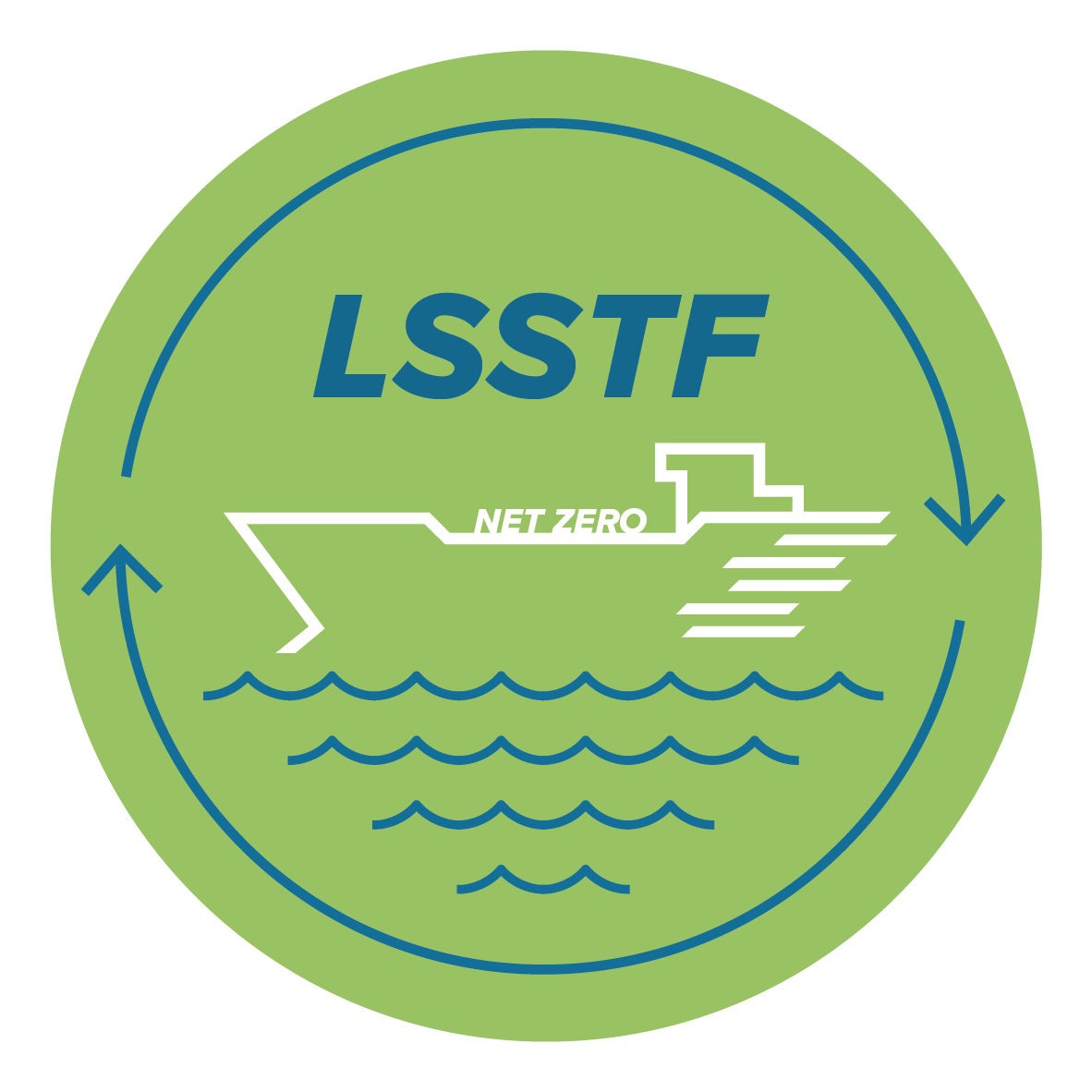Alan Bliault
Aeromarin
Alan is a Naval Architect and Fellow of the Royal Institution of Naval Architects. After graduation he spent several years working on Air Cushion Vehicles with Vosper Thornycroft in the UK. He moved on to offshore loading buoys, and then to hydrodynamic engineering for the world’s first Tension Leg Production Platform at Conoco’s Hutton field. He moved to Shell in Norway to work on the Troll, and Draugen field developments. After this he lead work on subsea flowlines and risers, FPSOs, and FLNG, before leading onshore projects in Gabon. He returned to Norway to participate in development of subsea gas compression for Ormen Lange field, and other developments. Before retiring in 2016 he spent three years as an internal auditor for the central organisation reviewing major projects worldwide.
In parallel to his work for Shell, since 1994 he has worked on a series of text books covering Air Cushion Technology and High Speed Marine Vessels together with Professor Liag Yun of MARIC in Shanghai. The last book focussed on air lubrication and air cavity vessels. Completing this work has given him an overview of the current status of the technology.

Improving ship performance with air lubrication – Achievements and challenges
The resistance of a vessel can be significantly reduced if the boundary layer is ‘lubricated’ or even separated from the hull surface. Reduction in resistance is a key driver for minimising installed power and energy consumption. Presently the potential for lowering emissions is also a strong driver.
There are a range of mechanisms and that have now been successfully developed and applied in practise for resistance reduction. This presentation will outline the range of mechanisms so far studied and the results that have been verified, from air bubbling, and air sheet, to air cavities.
The requirements differ from large vessels such as cruise liners and LNG carriers, to smaller high speed passenger vessels and so the concepts applied differ, and their interaction with stability and seakeeping. Some examples will be outlined.
The current status of this technology will be discussed, and current drivers for future development.



